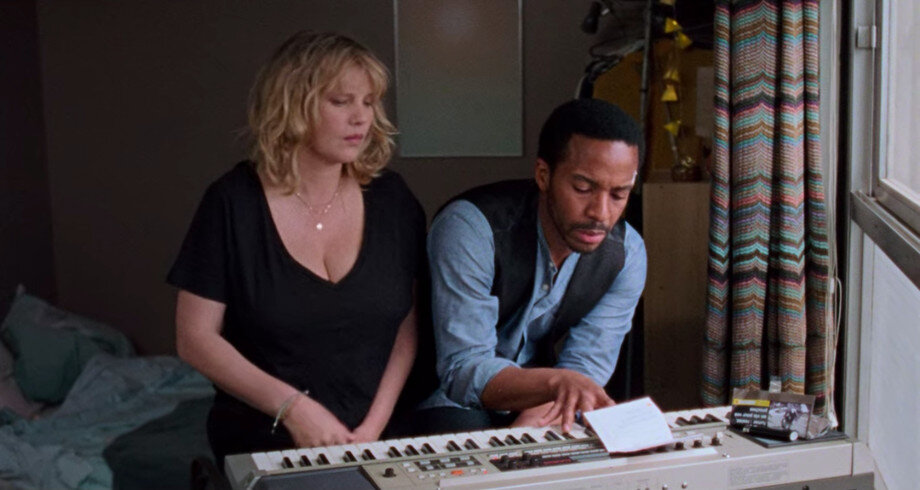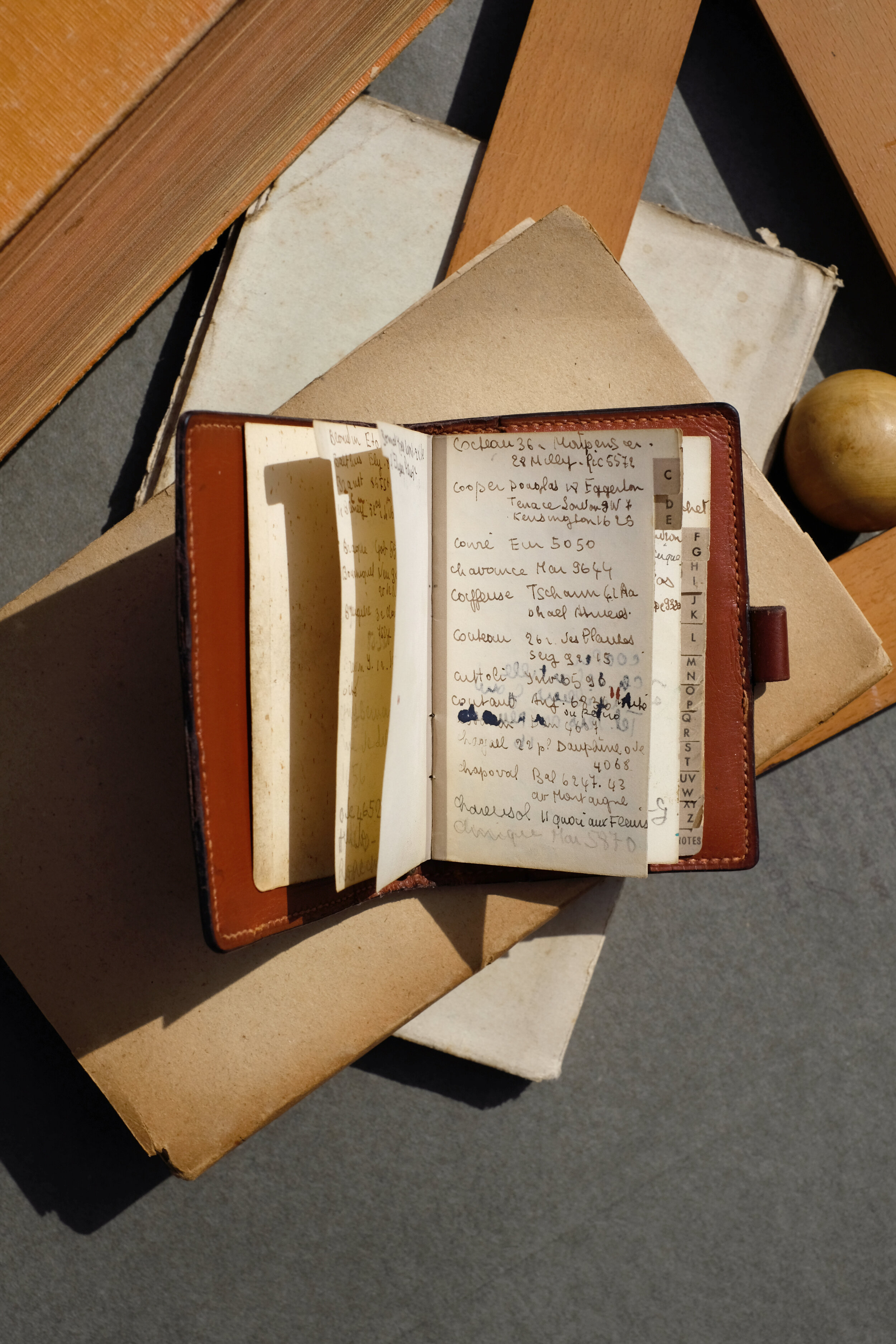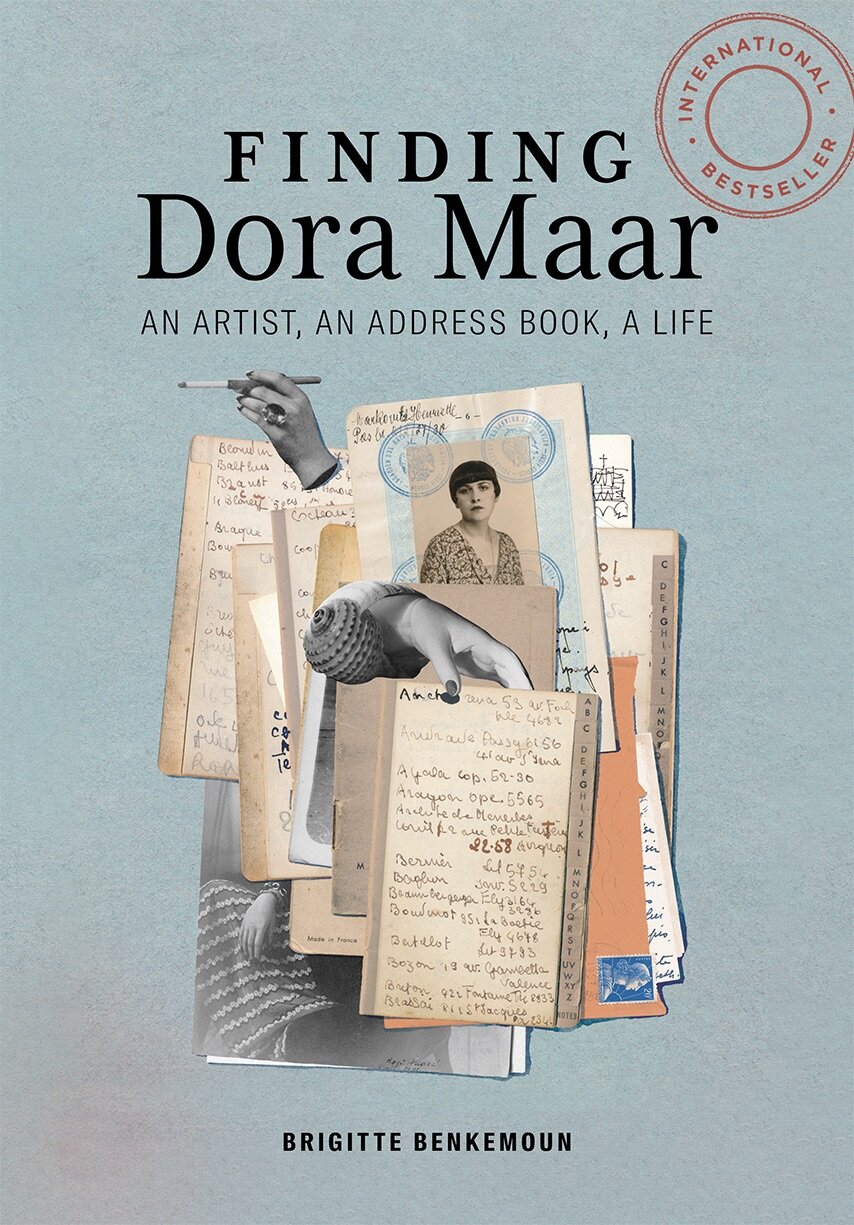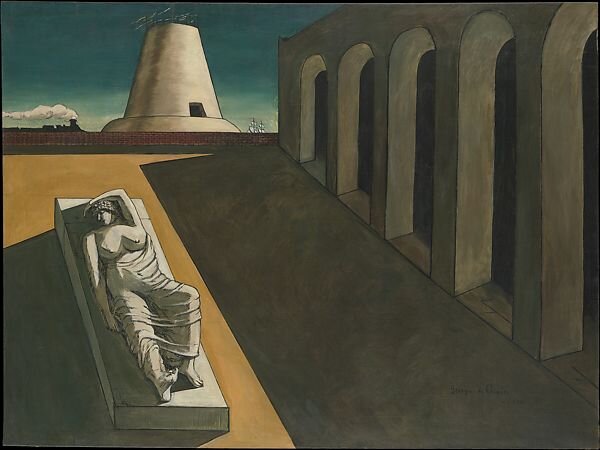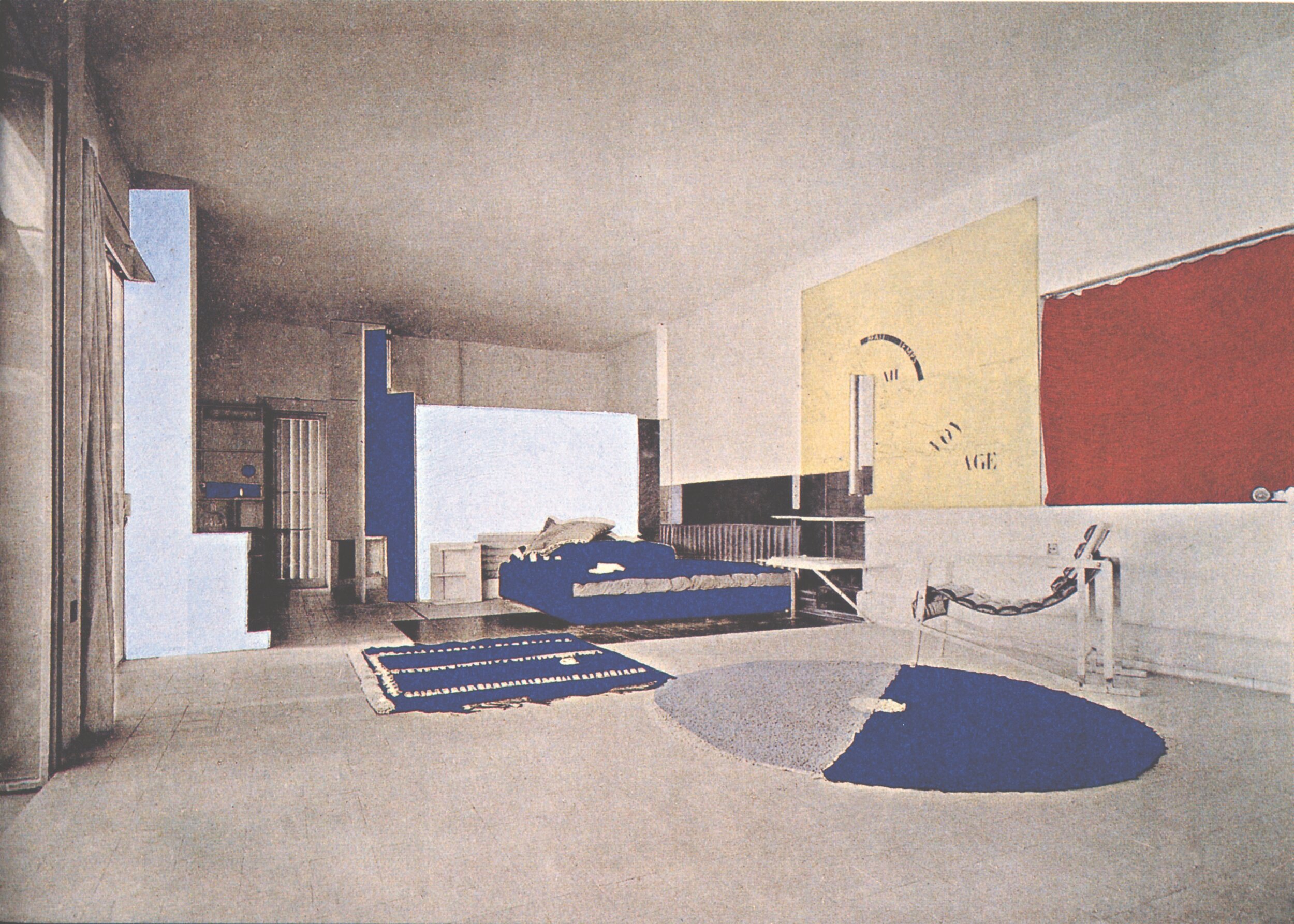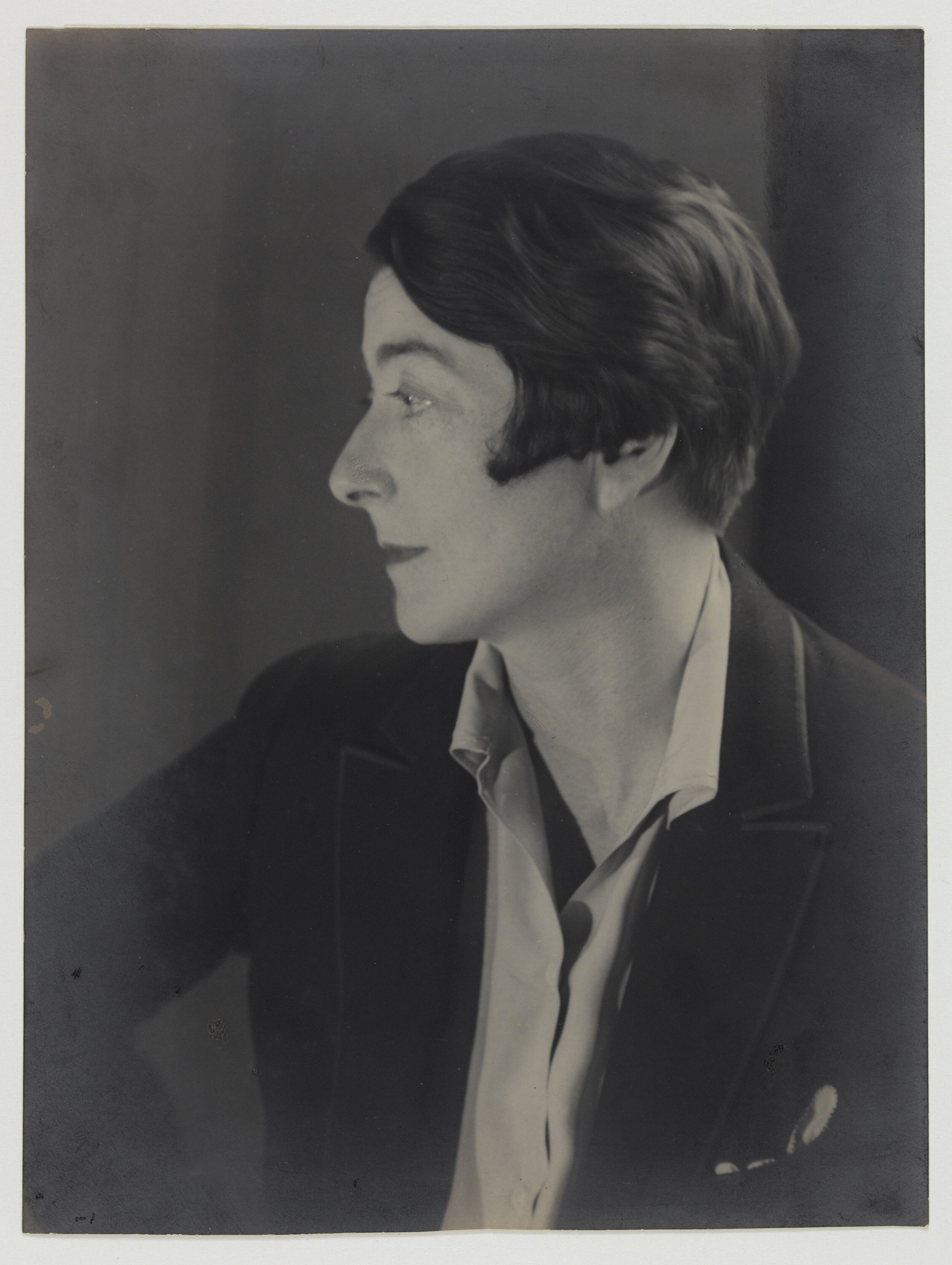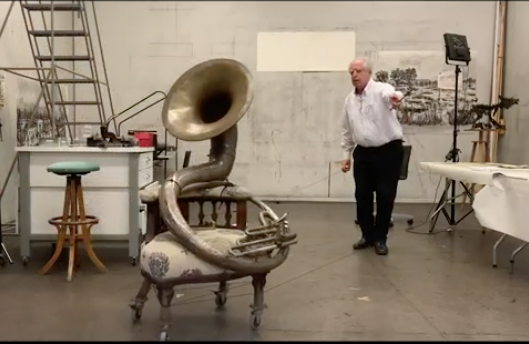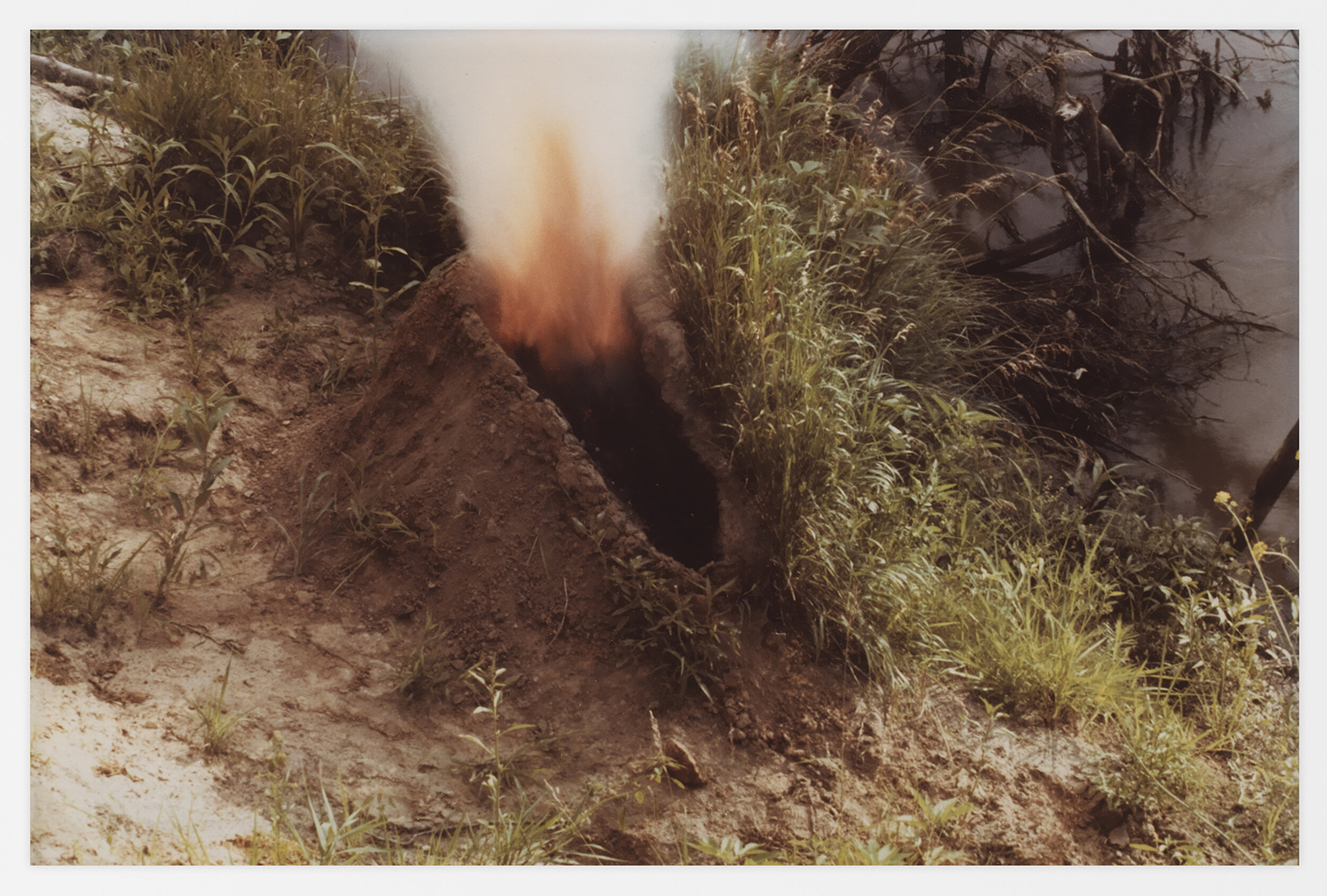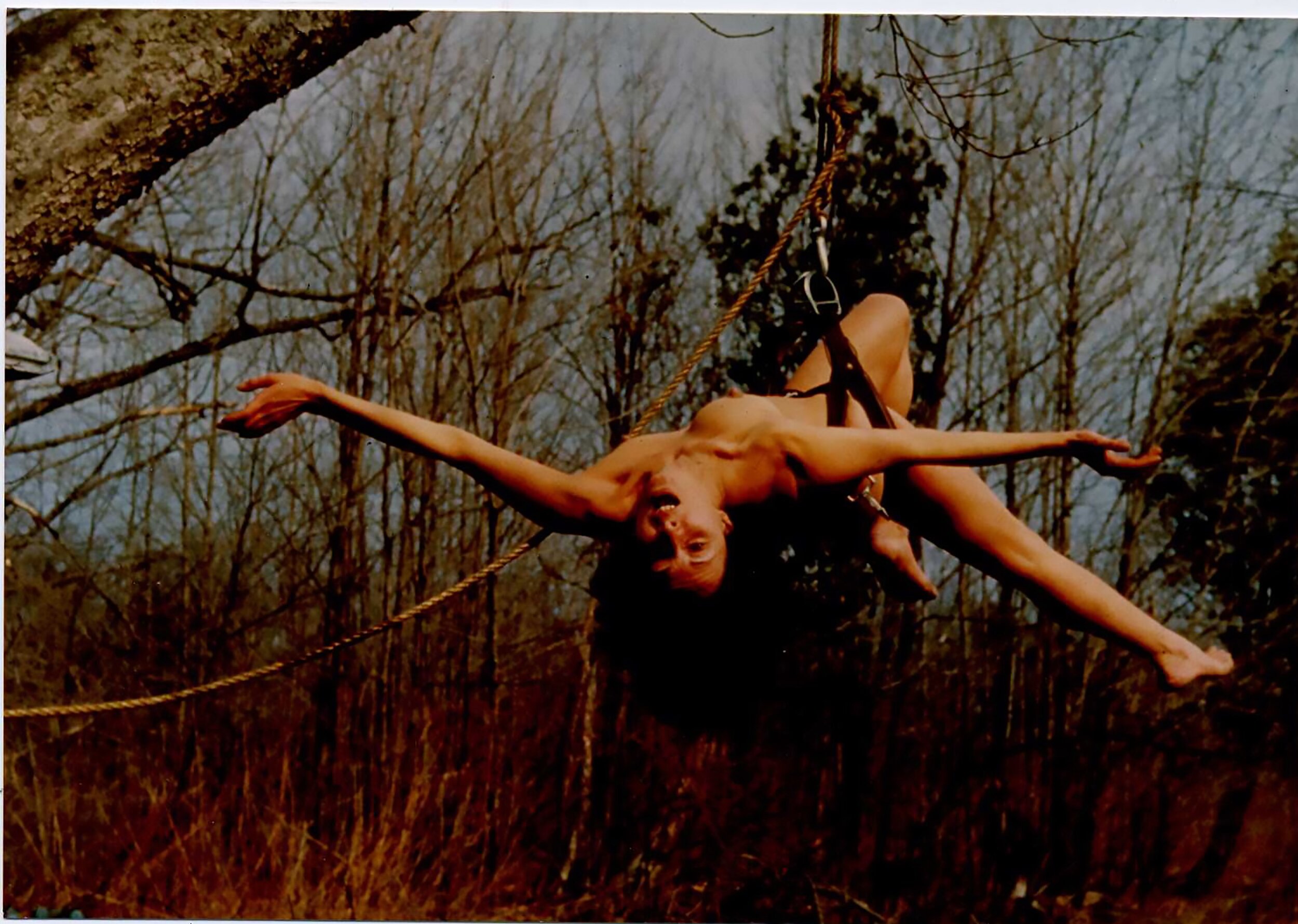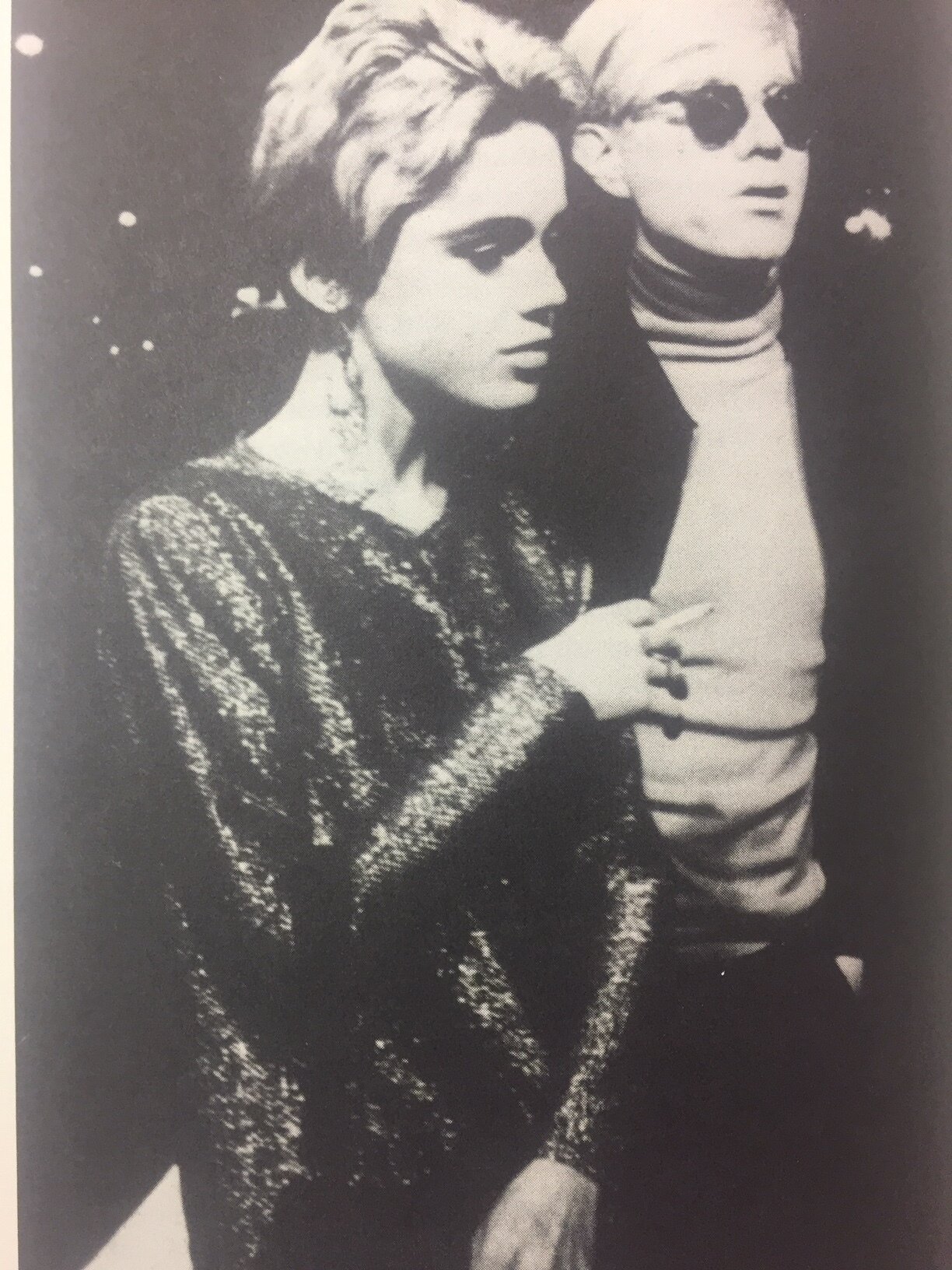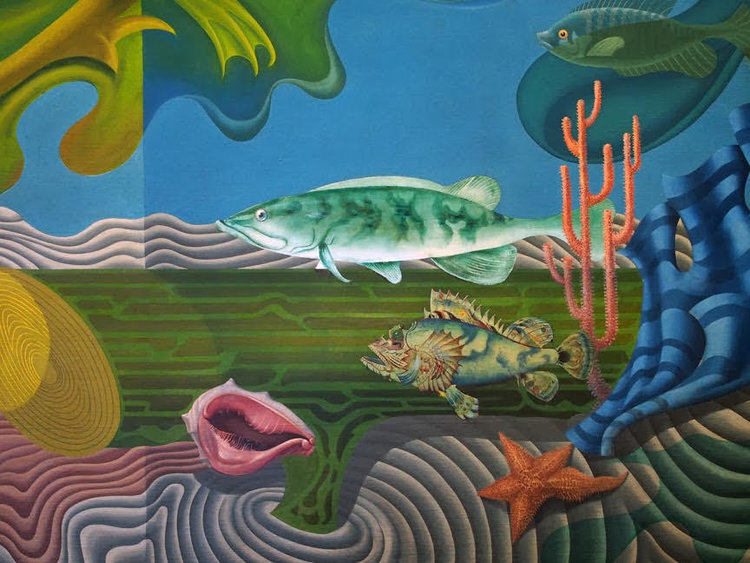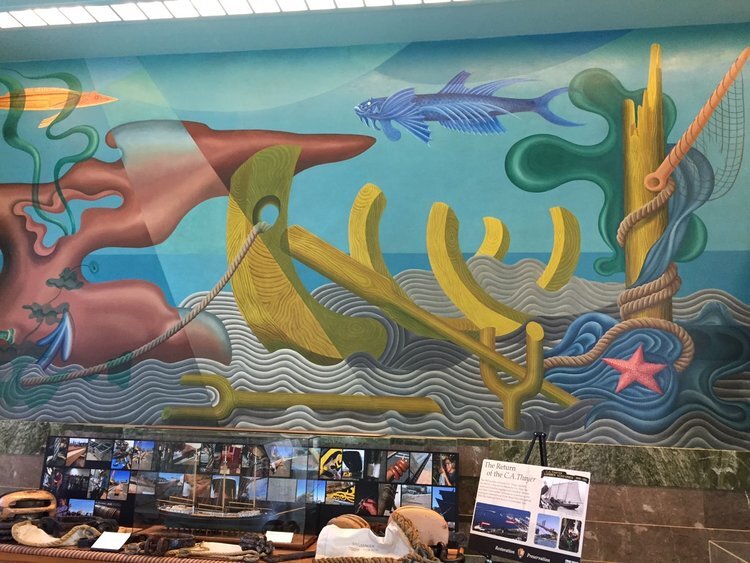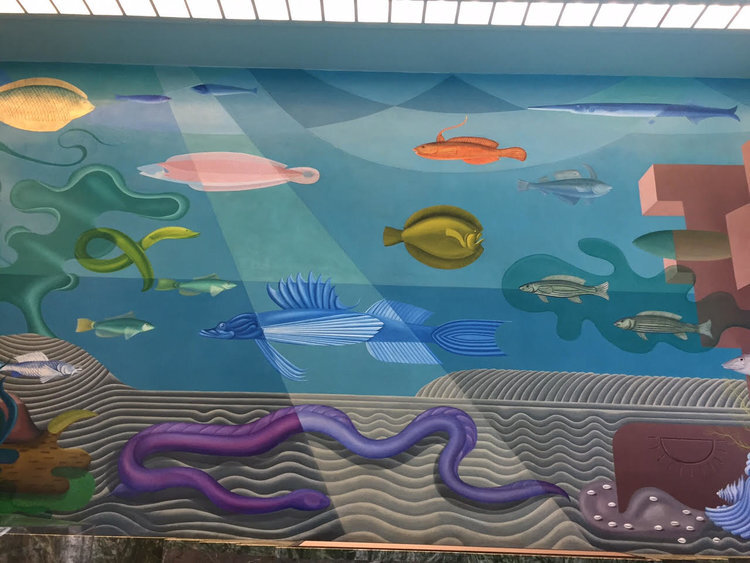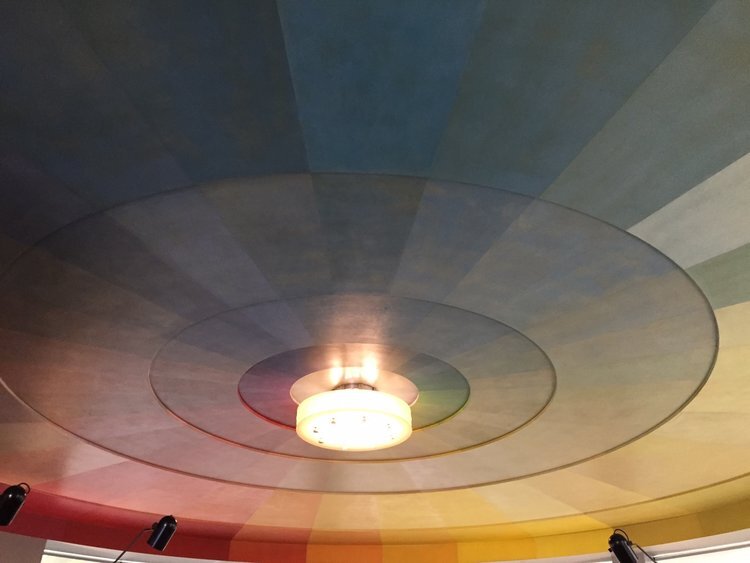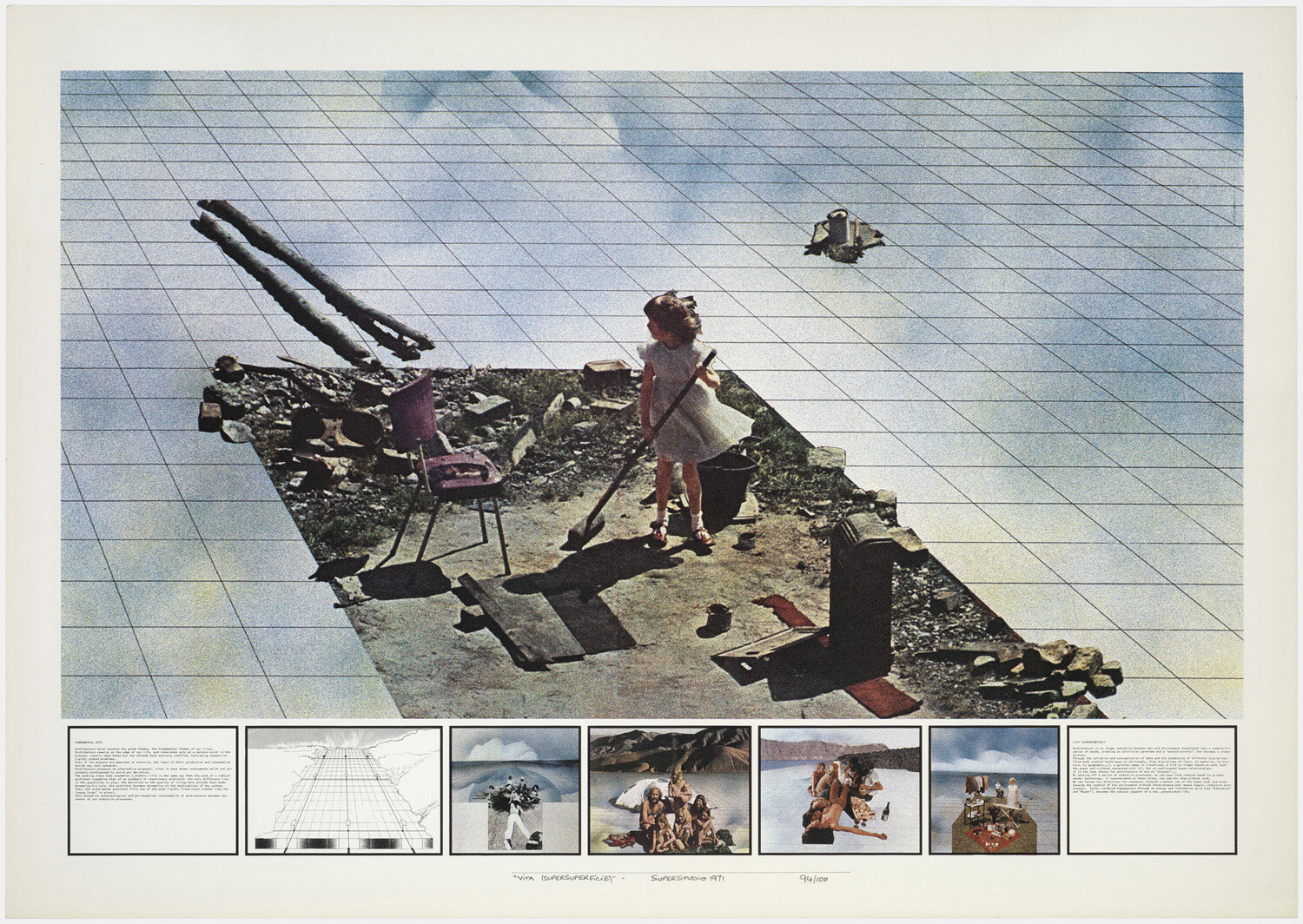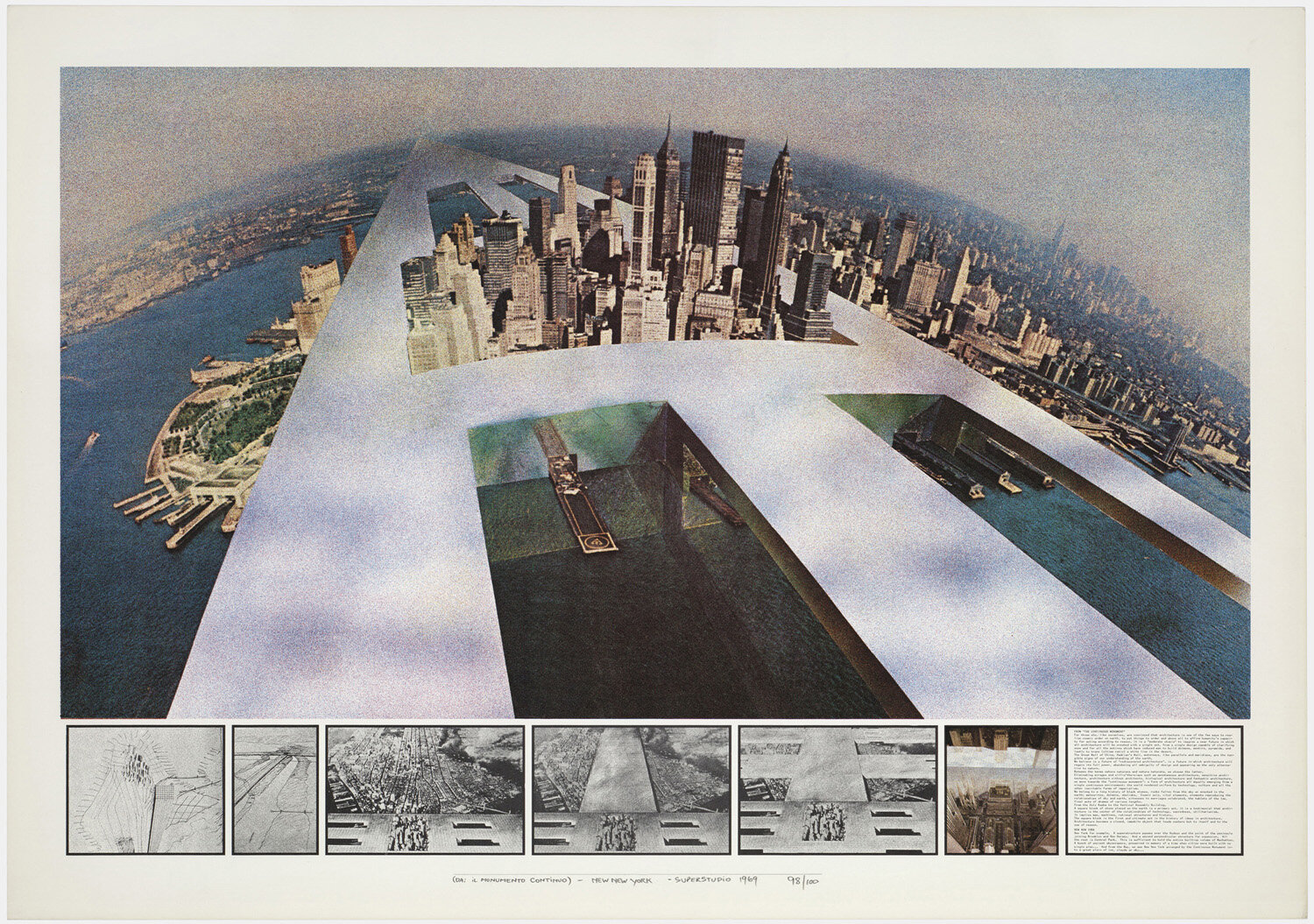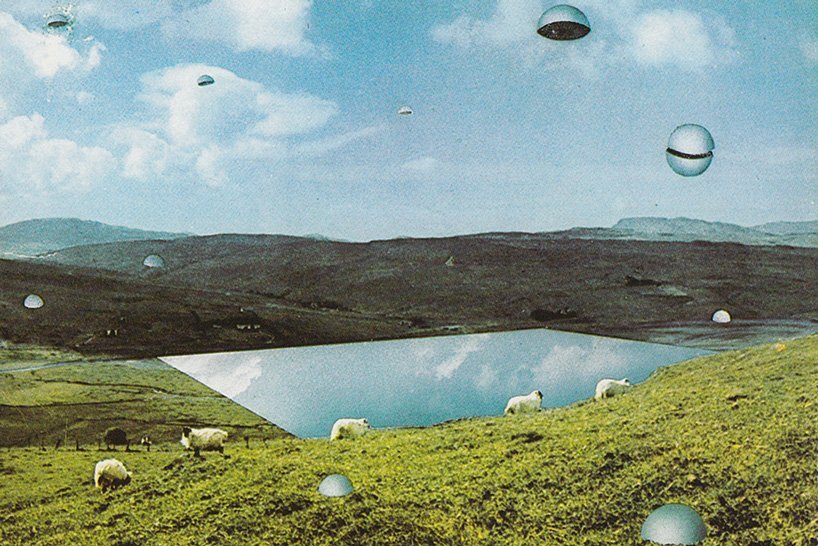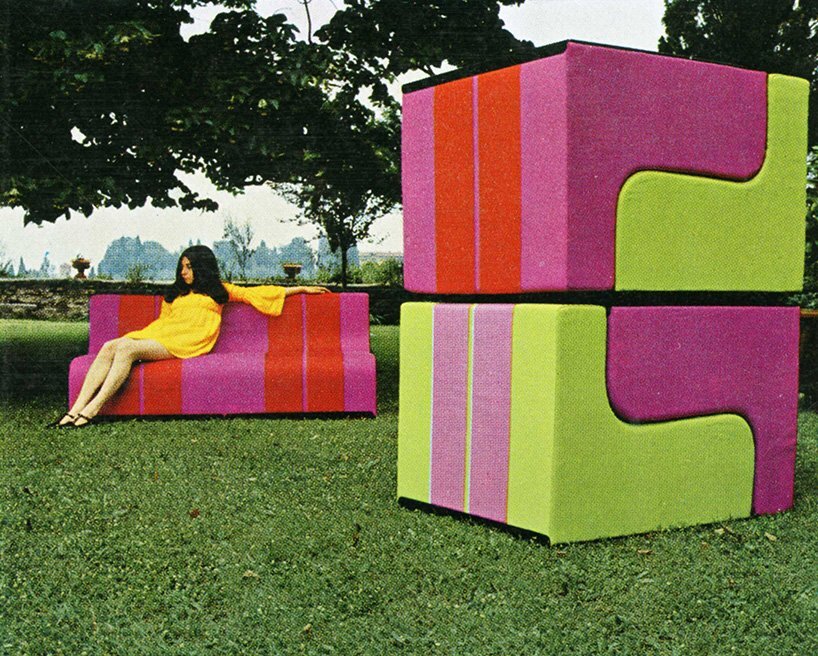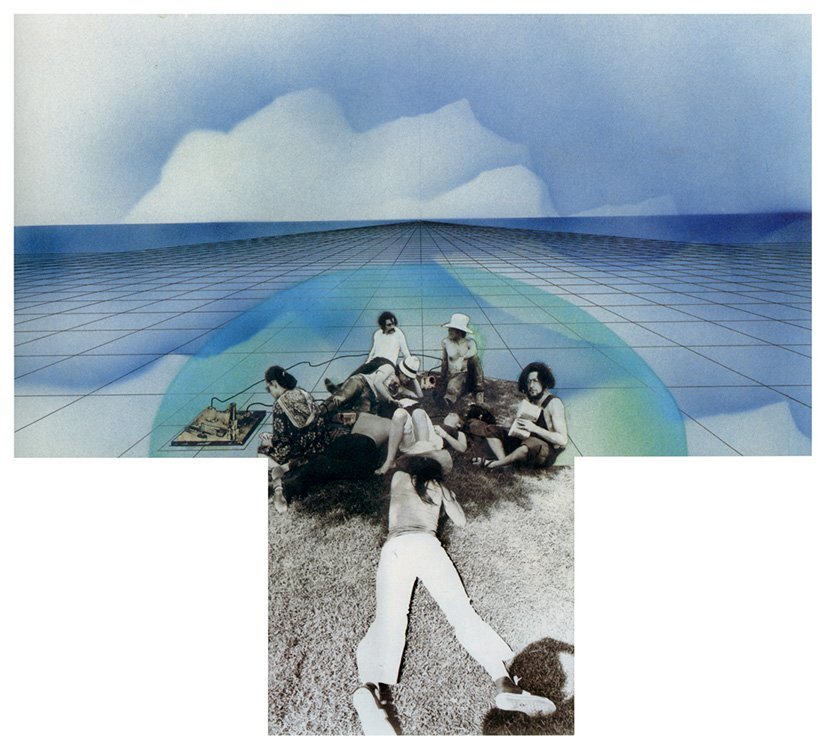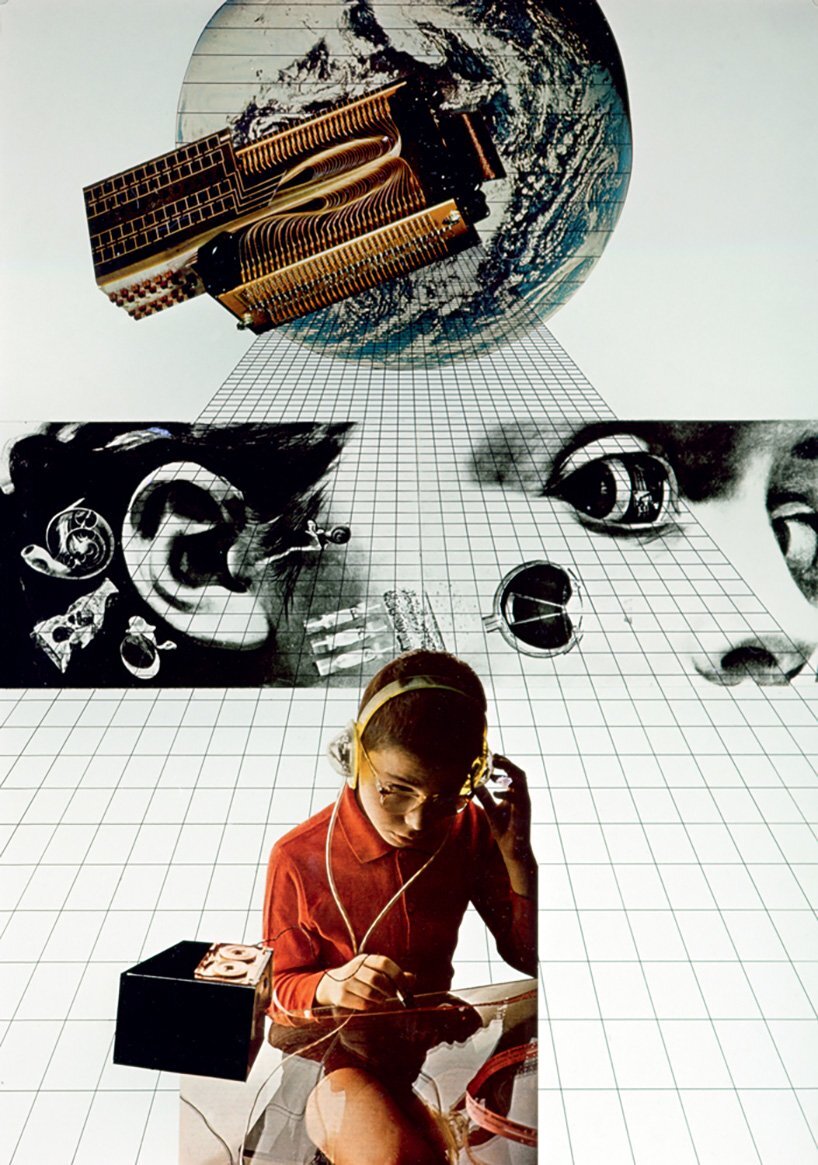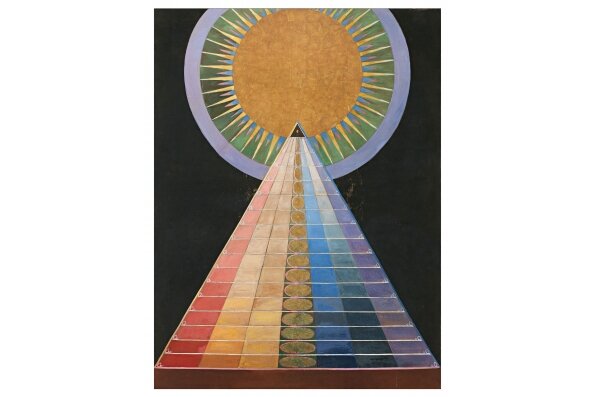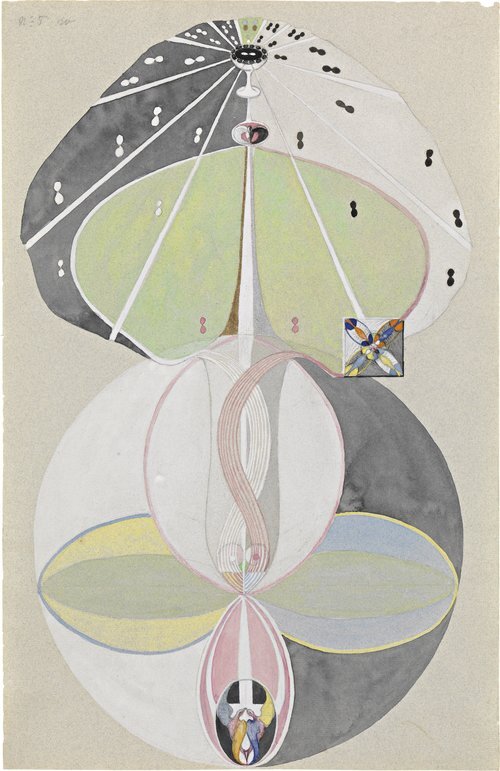When I was in Gibellina (see my report on Artnet) Sicily discovering the history of the modernist town that had been built adjacent to the ruins famously covered in concrete by Alberto Burri, I corresponded with designer and artist Nanda Vigo, who has died. Vigo who had worked with Gio Ponti and lived with Piero Manzoni, designed the 'Anthropomorphic Tracks" repurposed out of elements that had been destroyed in the 1968 earthquake. Vigo said (in her own translation), "My idea was to give remembers of the old village, so I recovered the remains of the very old fountain, still there from the time when the village was founded from Arabian people, and I rebuild it in the new town. I did the same with a beautiful “normanno” arch and with many pillars from the main church. All together I called “tracce antropomorfe” (anthropomorphic tracks). Vigo was a leader in the effort to help the town's mayor Ludovico Carrao in marshaling artists to help build this new city. Very candidly she considered the project something of a failure, " today Gibellina looks like a dead town, without the look and the hand of Corrao. The municipality of the town don’t take care at the monuments, enough the Burri “cretto” is now save thank to the private policy. There are living only old people, young population leave for the main town or strange country." Gibellina is being rebuilt, and Sicily is one of the first Italian areas to reopen. Still, I fear for the important but delicate ongoing preservation project.
The Eddy: an exceptional new series from Netflix
The Netflix streaming series The Eddy is a very good choice for anyone who:
a) loves music, especially jazz
b) loves Paris, and its lesser known banlieux
c) appreciates cinema verite style hand held filmmaking
d) liked La La Land--the first two episodes are directed by Damien Chazelle
e) loved Joanna Kulig in Oscar nominee Cold War—and here just as incredible
f) appreciates precise, gritty character studies and excellent acting
g) is willing to forgive some narrative slip-ups in favor of watching an exuberant, moving, joyful and also tragic slice of life
The new Seberg biopic from Amazon
Seberg, the biopic starring Kristen Stewart is finally being released tomorrow on Amazon after an almost year long slog through film festivals, award season and a theatrical release. This might instead be a film that benefits from a small screen treatment, an all-too-believable dark and twisted melodrama of J Edgar Hoover's overreach during a second wave of blacklisting and torment after McCarthyism. Seberg begins with Otto Preminger's cropped Joan of Arc in flames but leaves out the seminal Godard/Paris years and jumps instead to her waning marriage with her second husband Romain Gary who was himself a notorious French hero and literary figure. Her abrupt awakening as a champion and patron of civil rights and (alleged) affair with black activist stretch credulity yet Seberg was naive. Her subsequent downfall into pills, depression and abject fear as the FBI spies on her during Cointelpro--their effort to discredit and bring down Communists and other dissidents-- is supported by documents that have come to light. Seberg became pregnant while filming in Mexico and the child-whose parentage became added fodder for FBI harassment-- died shortly after birth. Director Benedict Andrews adds a guilt-stricken FBI agent who eventually confesses as he hands over her purloined files. Seberg became increasingly unstable, far from the Breathless gamine, and though she worked in Europe, she eventually died of an overdose in a parked car in Paris-never definitively proved as a suicide. She is here inhabited, very skillfully and movingly, by Stewart and the hyperbolic invented parts fall away if you keep your eye on her, and the superior production design and costumes.
Image courtesy Amazon Studios.
Robert Smithson and Nancy Holt vamp and camp in a sendup of Coastal artists
In Robert Smithson's and Nancy Holt's hilarious film, East Coast, West Coast, loaded online Friday via the Holt Smithson Foundation IG, the old tropes of the two historically pugilistic factions of the deep blue coastal US states of California and New York are brilliantly played out by Holt, representing the sophisticated, Eastern intellectual art world maven, and Smithson, the hippy dippy Western love child artist. The grainy verite was filmed at Joan Jonas's New York house and she sits atop a bookshelf in the rear, a hulking, skeptical Greek chorus of one. Holt is brainy interlocutor and Smithson the fey, reluctant interviewee as they discuss bicycles, mapping and the art world. Holt--who is trying to get Smithson's character to wake up and smell the money says: If you don't consider the money part of art you can be a victim. Smithson looking away and abashed: I'm just out there doing my thing in the fresh air. I want to ranch in Fresno and groove in the grass and dig nature...I make art man...Holt: You're some kind of mystical pragmatist; Smithson: Definitions are for uptight types...I'm on my way to India, I don't belong here, you're just a New Yorker you don't know were its at, you just need to let yourself feel things...out in California I had my own little garden and organic foods...you're a bad trip. Stop thinking and start feeling, man! These cliches are still bandied about even as the two cities have become more and more alike, epicenters of the Pandemic. Don't miss this.
Finding Dora Maar-an Ebay purchase leads to treasure
We've all had the fantasy of being able to know what is inside the private diaries, letters, or yes, address books of celebrities. Brigitte Benkemoun's husband bought a replacement Hermes agenda on Ebay ( I happen to know these very well, I still have a desk black one with my initials and a small pocket red one similar to the one her husband was looking for though mine are consigned to a file cabinet now when I cruelly abandoned them first for Filofax and then the Contacts section of my iPhone). When it arrived, she was overwhelmed to discover the names of very famous French artists, poets and writers of the 20th century like Balthus, Brassai, Breton, Cocteau, Eluard--along with a plumber and architect and a hairdresser. It did not take her long to learn it was the agenda of none other than Dora Maar, known principally as the Weeping Woman model for Picasso and his lover for many years who was devastated when he abandoned her for Francoise Gilot (and others) and became a religious recluse in Mesnerbes, Provence. Benkemoun imagines the relationship Maar might have had with each entry, often importing her own conclusions when facts do not present themselves, but it is still a very engaging and often moving promenade down memory lane. The book has been published by the Getty, where the retrospective of Maar's important work as a photographer and artist was shown, exhumed first at the Pompidou. I had my own chase of Dora Maar and treasure her letters to me.
Marc Held's sixties Culbuto chair
"I dream of a chair that could pivot and swivel without the need for mechanical devices" said designer Marc Held. His sixties chair design, the Culbuto, made out of glass fiber and polyester with white coating, and leather, wool or fur coverings, riffed on Arne Jacobson's Egg chair but it had a dynamic energy all its own. The idea was that walking is less tiring that sitting still. After 9 weeks of Covid isolation, I certainly would agree! Knoll issued three versions of the chair and later his own company even included a version for children. Michele Champenois has written about Held in two books and the wonderful Parisian store Norma is featuring them this week.
A haunting De Chirico image depicts lockdown
This image of Giorgio de Chirico's 1913 Ariadne from the Metropolitan Museum-- one of his iconic pittura metafisica painted when he was newly ensconced in Paris during what is considered by many critics to be his most important and productive year--has been haunting me during the time of Covid. De Chirico who had spent his early years in Greece, was himself haunted by the Greek myth that tells of princess Ariadne abandoned by her lover Theseus on the island of Minos after he had slayed the Minotaur with her help. He had a heightened sensitivity to his surroundings as he had been forced to move frequently with his mother and brother during his childhood and adolescence. The somber colors of the empty piazza, sun-washed but shadowed, the neo-classic Italianate colonnade, the desolate woman turned away in pain, the signs of life--a train and a boat-- out of reach on a far horizon, are all delivered in very flat paint with the theatrical 3D perspective of a raked stage and speak to his sense of dislocation. De Chirico embraced architectural imagery to get at the very heart of this disorientation and isolation in a poetic way that was totally original. His juxtaposition of unlikely subjects and objects set the path for a new genre of painting--Surrealism. Even though Ariadne is depicted sarcophagus-like, to me, she is more evocative of the way I feel when I step outside of lockdown and see our empty streets and deserted buildings than any other work of art I've seen. Though the painting was not on display when the Met was forced to close, my hope is that they will put it front and center when our situation improves to remind us to be grateful for art and for life. Thank you Artists Rights Society for allowing me to post this symbolic image.
Giorgio de Chirico, 1913, Ariadne, Metropolitan Museum of Art, © 2020 Artists Rights Society (ARS), New York / SIAE, Rome
Eileen Gray at Bard Graduate Center
An exhibition of iconic 20th Century designer Eileen Gray at the Bard Graduate Center includes drawings and objects and alas got short circuited by the pandemic. The image of her in the slideshow by photographer Berenice Abbott is only one view of this chameleon-like talent who although faithful to the clean lines of Le Corbusier (like Charlotte Perriand) very much went her own way. Still, you can see things online and if we are lucky, the show will still be up when things begin to open. The Bard Graduate Center is small but always has wonderfully curated design shows but this exhibition began at the Centre Pompidou.
Photo credits:
Eileen Gray and Jean Badovici, E 1027, Au Cap Martin Roquebrune, 1926-29 from L’Architecture Vivante, no. 26 (Winter 1929), Paris: Éditions Albert Morancé, page 32. Centre Pompidou, Bibliothèque Kandinsky, Paris. Fonds Eileen Gray
Berenice Abbott. Portrait of Eileen Gray, 1926. Silver gelatin print. National Museum of Ireland, NMIEG, 2003.569
Laurie Simmons Fashion Album with Brooklyn Museum
Laurie Simmons did an album of photographs at the behest of the Brooklyn Academy of Music's Next Wave Festival in 1984 (let's hope this can return in the fall). Simmons took clothes they sent over, shot them on models in her studio, and superimposed them on repurposed iconic earlier works of hers. Two of my favorites which are now in Salon 94's virtual Frieze Viewing Room which opens today (finger's crossed these Viewing Rooms will have traction--LA's live Frieze where Salon 94 had such a smashing booth seems just days ago as time has blended together) are the Birthday Cake (dress by Diane Von Furstenburg) and the Bathing Suit (by Michaele Vollbracht). Though in a video Salon 94 has loaded on their IG of Simmons talking about the project the images are black and white, here they appear in pigmented color. There's something about these images that spoke to my current sense of displacement. Simmons has inspired me to take some of my beautiful on-the-road images from a pre Pandemic past which seems like eons ago and superimpose myself a la Zoom, makeup-less, hair askew, in quarantine to remind me of what's still out there, but that-heartbreakingly-- I can't access.
Images courtesy Salon 94.
William Kentridge One Minute Videos
The ever resourceful William Kentridge whom I've written about over the years has once again understood the zeitgeist of our current moment. In sympathy with artists who may be confined, (he has a large studio with a garden in Johannesburg and his Center for the Less Good Idea ) such as dancers, actors, musicians with whom he often collaborates on his ambitious projects, he has loaded six one-minute videos on YouTube. My favorite is this one, his waltz with a chair, so poignant and evocative of the moment. I too am dancing in my office, a tiny respite from lockdown. Check out the YouTubes to see which one you prefer.
Amy Winehouse at the Grammy Museum
The Grammy Museum is hosting an online exhibition of singer-diva Amy Winehouse's fashion, a show which was forced to close early due to Covid. I missed Winehouse when she was in full flower but a recent French podcast Une Vie Une Oeuvre made her life so compelling to me (if you understand any French at all you should subscribe to this podcast, it has a wide range of pop culture and high culture personages with very good interviews). So now this exhibition at the Grammy museum is an extra bonus. Winehouse (like Edie Sedgwick) flamed brightly and then disintegrated into a sea of drugs and self doubt. But her ambitious music is strong and haunting. As with her music which often summoned the Cool School of Sinatra and Dinah Washington, her fashion choices designed by Naomi Parry harkened back to Hollywood in the forties, or even of British tennis great Fred Perry. Check out the shoes! If you go to their website, you can see the virtual exhibition. Image courtesy of The Grammy Museum.
Carolee Schneeman and Ana Mendieta joined by their bodies in nature
Carolee Schneemann and Ana Mendieta who met on a panel in 2011 shared some basic instincts about their bodies in nature and otherwise as instruments of artistic power. Both were iconoclasts, very much their went their own way resetting boundaries. Schneeman was well known for a feminist performance piece pulling a tape out of her vagina. Mendieta was known for burning her silhouette in a ring of fire. (And for her tragic end out the window (pushed?) after a violent argument with her husband Carl Andre.)Now they are reunited in an online exhibition coming on April 30th by PPOW and Galerie Lelong showcasing some of this startling imagery that will surely once again wake us up as isolation begins to draw down our emotional resources.
Photo credit: Antony McCall 5 x 3 1/2 in. (12.7 x 8.89 cm) Courtesy of the Estate of Carolee Schneemann, Galerie Lelong & Co., and P·P·O·W, New York
Remembering Jean Stein's illuminating bio of Edie Sedgwick
While I eagerly await my copy of Blake Gopnik’s new Warhol biography, I went back to Jean Stein’s riveting portrait of Edie Sedgwick and her world (old line WASP wealth and then the Factory), Edie, that appeared in 1982. Stein who was both of the world (a Hollywood daughter) and its excellent observer (via the Paris Review and George Plimpton, who edited this book) captured on-the-record oral histories that are still astounding in their you-are-theredness. Walter Hopps, curator, museum director, art dealer, nurterer of so many West Coast artists is on the record as are Truman Capote, Robert Rauschenberg, Jasper Johns, denizens of the Factory, and of course, Warhol himself. Edie flamed brightly, erratically and died at the age of 28 of an overdose, joining a few of her other siblings who had not made it out of their twenties. Stein jumped from her window at the age of 83, which now casts an even more somber shade on this tragic tale.
Photo copyright by Nat Finkelstein, Used with permission of Nat Finkelstein Estate; Andy Warhol and Edie Sedgwick outside Lincoln Center
Dana Schutz and mothers under the time of Covid
TGIF some might say, the end of another long week under the shadow of Covid and chaos. This image of Dana Schutz's, 'Waterfall', a large charcoal drawing from 2016, seemed apt to me today. It's a mother and child, Schutz's brilliant version of a Madonna and Child or in ultra-contemporary terms, a mother who probably has spent the last week juggling her work, her children, the house, and keeping everyone safe. Schutz had a show of new work opening in London at the Thomas Dane Gallery in early June, I hope we will somehow get to see the latest work of this audacious and extremely talented artist. Image courtesy Petzel Gallery.
The San Francisco Maritime Museum: a WPA fantasia
The story of the San Francisco Maritime Museum, a hidden San Francisco gem, is not just one of architecture and design although that is what pops when you walk in the subterranean Ghirardelli Square-adjacent entrance. Looking out over the historic seafaring vessels of the Hyde Street Pier and the crescent shaped beach a visitor is struck by the graciousness of this temple to the history of West Coast Maritime History, rich with exhibits that speak of the life of the people who made their living at sea. Built in 1939 jointly by the WPA and the City of San Francisco as a bath house, the museum is part of a National Park Service Maritime Historical Park that highlights the city's connection to the sea. The museum, over 20,000 square feet, is.an astonishing example of the power of the federal government when it’s functioning as it should be and could be a model for a new federal program that could enlist the help of the many talented but struggling artists during the time of Covid. This enlightened project came to fruition over more than four years under progressive American artist HilaireHiler who not only did the phantasmagoric first floor murals of the Lost Cities of Atlantis and Mu but was also a costume designer and color theoretician, a polymath who had befriended Henry Miller Anais Nin and Hemingway at the Jockey Club in Paris where he had been the host. His glorious ceiling Prismatarium” is an ode to color theory in which he proposed that color and the human psyche interact to enhance creativity. Other artists like Sargent Johnson, a black sculptor who did the tile murals who had been associated with the Harlem Renaissance and Richard Ayer who supervised the second floor murals and flooring and who engaged vibrant Shirley Staschen, who had also done the WPA murals at the nearby Coit Tower, were also enormously talented. This treasure is a model of public engagement which is on scant display today under the current administration.
Superstudio: the Italian radical design group saw the future
In 1972, the architecture design collective Superstudio arrived in New York along with many other Italian designers for MoMA's Italy: the New Domestic Landscape exhibition. At the time, they were labelled 'radical'. In 2016 the Maxxi Museum did a 50th retrospective of their work which had presented 'an alternative model for life on earth...a final attempt of design...for a society no longer based on work and on power and violence.." By 2020 they can no longer be called radical but rather prescient. Their theories about the need to reduce waste, overproduction, superfluous design, consumerism, and rather to encourage living with nature, to take only what we need with us on our backs, to look to the sun, the clouds, the stars, to live without possessions on a grid and simply plug in wherever you are now resonate in a contemporary way. "Life will be the only environmental art", they once wrote. In this time of Covid, their message aligns with the message of Earth Day 2020.
Images of Gli anti fundamentali, Self Portrait, Poltronova sofa all by Cristiano Toraldo di Francia; Images of Il Monumento Continuo and Atti Fondamentali Vita - Supersuperficie. Pulizie di primavera, by Superstudio, all courtesy Fondazione Maxxi, Roma.
Olafur Eliasson and the Serpentine team up for Earth Day
Today I'm supporting the launch of 'Earth perspectives', a new artwork conceived by Olafur Eliasson for Earth Day 2020 whom I had the pleasure of meeting and working with at a Rolex Mentors and Proteges a number of years ago and understood then how big he thought and how much he cared about the environment and because this year, the beloved Serpentine Pavilion which always pointed towards the future will not go up in London. It's comprised of nine images featuring nine different views over the Earth. The work explores how maps, space and the earth itself are all to a certain extent construction, which we all have the power to see from other perspectives, whether individually or collectively.
To create a new world view...
1. Stare at the dot on the Earth about ten seconds.
2. Then train your focus onto a blank surface.
3. An afterimage appears in the complementary colours of Eliasson's visual.
4. You have projected a new world view.
I'm sharing this work as part of the @serpentineuk 'Back to Earth' initiative, a new, multi-year project that invites artists, scientists, architects, musicians, and more to make work that responds to the climate emergency.
The Earth viewed over the Simien Mountains, Ethiopia
One of the rare places in Africa where snow falls regularly, this range is part of the Ethiopian Highlands, known as the 'Roof of Africa'.
Louise Brooks is the most beautiful widow in Pandora's Box
In this time of Covid mourning, there could be no more beautiful and seductive widow than Louise Brooks, here pictured at the trial for Dr. Schon in the iconic silent film that made her reputation, Pandora's Box directed by Georg Pabst in 1929 in Berlin. Brooks "walked away from film at the height of her glory" according to Lotte Eisner who profiled her, because "she was so bored of doing the same thing over and over." Brooks was very bright and went on to become a respected memoirist.Read Lulu in Hollywood for an insightful break into film history. Like Eve Babitz after her, she kind of nailed it.
The Go Gos
The Go Gos were supposed to have a reunion tour this summer. Punk was not my thing at the time, but a very close friend from high school Robbie Seidman penned one of the Belinda Carlisle's solo hits, Summer Rain and so I have a fondness for the band that is apart from their other successes. Seideman who had gone to Harvard and played tennis never lost his love for music (at my house they were still impersonating the The Who) came to Hollywood and died way too young. Other members of his coterie from high school went on to be show runners of the West Wing, the head of Sound Exchange. Things that now could be on the Wayback Machine now seem to be merging into the present as all the days, and now the weeks and months, and soon the years, run into each other in the time of Covid.
A new film about groundbreaking Hilma Af Klint
When the Hilma Af Klint show was at the Guggenheim, the lines were around the block for this largely unknown artist as if for the Rockettes at Christmastime. Hilma turns out to have been a hidden rock star of art and a new documentary (put their hash tag) advocates most strenuously for her place in the artistic firmament. Hilma was fascinated by the scientific advances of her century that dialed down on the invisible: radio waves, atoms, quantum theories. She had a parallel belief in spirituality and communication-especially Theosophy- and founded a woman’s group of avid séance-practitioners. She painted, in dreamlike colors, enormous canvases and series that were hidden away until a few decades ago. By not having exhibited in her lifetime, she was not credited with her important breakthroughs in abstraction. (put The filmmakers name) puts her work ahead of Kandinsky’s. So many artists were breaking through at that time, it is hard to point one single finger. Still, the film is a fascinating look at what artists can create in isolation (artists take heart!), and reminds us that neither art fairs, nor galleries nor museums (MoMA rejected her work) can be considered the arbiters but that artists’ own passions are what drive the greatest creations.

